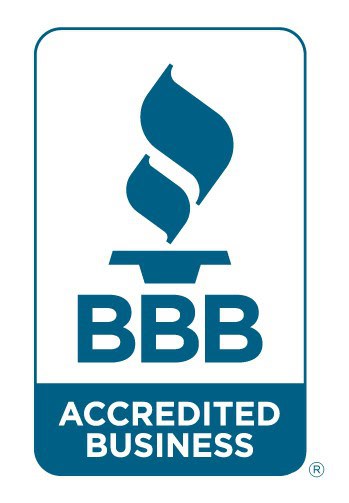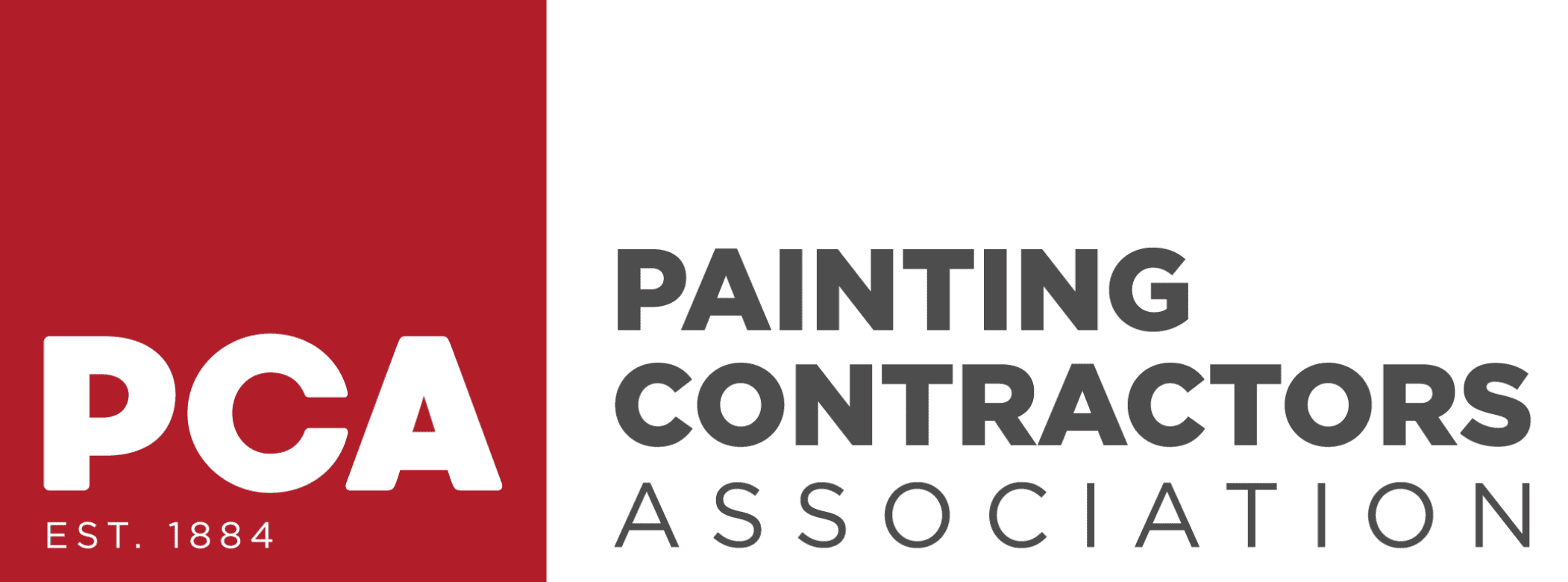Beyond being an eyesore, mold on siding can lead to serious problems if left unchecked. It can gradually eat away at surfaces, sneak into cracks, and ruin your paint job. Understandably, homeowners often worry, “Can I clean this without ruining the paint?”
This guide is for you—the homeowner who wants to remove mold effectively without compromising the beauty and protection your painted siding provides. We’ll walk through safe, proven methods to tackle mold, protect your investment, and keep your home looking its best.
Good news: It is possible to do this safely. And you’re not alone.
Understanding the Problem
What Is Mold and Mildew?
Mold is a type of fungus that thrives in damp, shaded, and humid environments. Mildew is a specific type of mold, often lighter in color and easier to clean. Algae, while technically different, often coexists with mold and adds to discoloration.
These growths tend to show up in shaded areas of your home’s exterior—behind trees, under roof eaves, or near downspouts—where moisture accumulates and sunlight is scarce.
Why It’s More Than Just Cosmetic
- Structural Impact: Left alone, mold can cause wood rot or compromise the integrity of fiber cement and other siding materials.
- Health Risks: If exterior mold spreads indoors through gaps or deteriorated walls, it can trigger allergies and respiratory issues.
- Home Value: Dirty siding drastically reduces curb appeal and can hint at larger maintenance issues to potential buyers.
Paint Isn’t Always a Barrier
Even high-quality paint doesn’t guarantee immunity. Mold can grow on the surface of the paint if dirt or organic debris is present. Worse, trapped moisture behind siding panels can create the perfect storm for deeper infestations.
Common Concerns Homeowners Have

Let’s be honest—cleaning mold isn’t just about elbow grease. You have concerns, and they’re valid.
- “Will I damage my paint?”
- Paint, especially older or lower-grade types, can fade, bubble, or peel if exposed to harsh chemicals or aggressive scrubbing.
- “Can I just use my pressure washer?”
- Tempting, but risky. High pressure can strip paint, force water behind siding, and worsen mold problems.
- “What if I make it worse or spread it?”
- Mold spores can travel if brushed or rinsed improperly. Cross-contamination is a risk without precautions.
- “Is this safe around my kids or pets?”
- Many homeowners hesitate to use chemicals because of potential toxicity. Luckily, there are safer options.
- “Will this just keep coming back?”
- Without addressing the underlying conditions (moisture, shade, etc.), mold is likely to return.
- “Can I handle this, or do I need a pro?”
- The size, spread, and type of mold will influence your decision. Some situations are perfect for DIY. Others? Not so much.
- “Is this an all-weekend ordeal?”
- Depends. Small areas can be tackled in a few hours. Large infestations or second-story spots may take more time and effort.
Prep Before You Begin Cleaning
Before jumping in, a little prep can make all the difference.
Inspect the Area
- Siding Material: Is it wood, vinyl, aluminum, or fiber cement? Each requires slightly different care.
- Paint Condition: Look for peeling, bubbling, or chipping. If paint is already compromised, cleaning may cause further damage.
- Cracks or Gaps: Mold may be deeper than it appears. Address structural issues first.
Test a Small Spot
Always test your chosen cleaner in an inconspicuous area. Wait 24 hours and check for paint fading, bubbling, or residue.
Supplies Checklist
- Garden hose or pump sprayer (avoid high-pressure nozzles)
- Soft-bristle brush or sponge
- Bucket
- Protective gloves, goggles, face mask
- Tarp or plastic sheet (to protect plants and furniture)
Safety First
- Wear gloves, goggles, and a mask—especially when using vinegar or oxygen bleach
- Keep pets and children away during cleaning
- Never mix ammonia with bleach; it creates toxic gas
Removal Solutions That Won’t Strip Paint
Now for the good stuff—cleaning solutions that are both tough on mold and gentle on paint.
1. Vinegar and Water Solution
- Mix 1:1 white vinegar and water in a spray bottle
- Spray onto the moldy area and let it sit for 30 to 60 minutes
- Scrub gently with a soft-bristle brush
- Rinse thoroughly with water
Best for:
- Light mold infestations
- Eco-conscious households
- Painted wood and vinyl siding
2. Oxygen Bleach (Sodium Percarbonate)
- Safer than chlorine bleach and less likely to harm plants or paint
- Mix per package instructions (usually about 1 cup per gallon of warm water)
- Apply using a sprayer, let sit for 10–15 minutes
- Gently scrub and rinse thoroughly
Best for:
- Moderate mold
- Larger areas
- Mold-prone shady sections
3. Commercial Mold Cleaners for Painted Surfaces
- Look for labels like “paint-safe,” “non-corrosive,” or “for use on painted surfaces”
- Avoid products with high concentrations of sodium hypochlorite (bleach)
- Follow instructions carefully
4. DIY Mild Detergent Mix
- 1 gallon warm water
- 1/4 cup dish soap
- 1/2 cup vinegar
This is a gentle, all-purpose mix ideal for sensitive paint and minimal buildup.
Pro Tips:
- Always rinse completely to avoid residue
- Avoid wire brushes or abrasive pads
- Don’t allow cleaning solution to dry on siding
Techniques for Gentle but Effective Cleaning

Soft Washing vs. Pressure Washing
Soft washing uses low pressure and relies more on cleaning solutions than brute force. It’s safer for painted siding and prevents water from being forced behind panels.
Step-by-Step Cleaning Method
- Rinse Siding: Start with a light water rinse to loosen dirt and mold
- Apply Cleaner: Spray your solution from bottom up to avoid streaks
- Let Dwell: Let the cleaner sit 10–30 minutes depending on the severity
- Gently Scrub: Use a soft brush or cloth to scrub affected areas
- Final Rinse: Use a garden hose from top to bottom
For Stubborn Areas:
- Repeat the process on problem spots
- Use a soft toothbrush for corners and crevices
Avoid These Common Mistakes:
- Cleaning in direct sunlight (dries solution too fast)
- Forgetting to rinse (residue can cause them to grow again)
- Over-saturating siding (risk of hidden moisture buildup)
Prevention Tips After Cleaning
After the work is done, prevention is the real secret to long-term success.
Keep It Dry and Well-Ventilated
- Trim trees and shrubs near the siding
- Improve airflow and sunlight exposure
- Clean gutters and downspouts to avoid water backup
Address Moisture Issues
- Inspect caulking and joints regularly
- Ensure no leaks from windows, roofs, or gutters
- Check flashing and sealant around fixtures
Consider Mold-Resistant Paints
If repainting, choose exterior paints with added mildewcides or fungicides. They provide long-term protection, especially in humid climates.
Regular Maintenance
- Hose down siding annually
- Spot-treat mold early
- Avoid abrasive cleaners for regular use
When It’s Time to Call a Professional

DIY doesn’t always solve the problem. Know when to step back.
Call a pro if mold keeps coming back, stains run deep, or large areas are affected. If paint is peeling badly, wood feels soft, or the mold is high up and hard to reach, it’s time.
Professionals use stronger, safer products. They prevent mold from spreading, spot hidden damage, and know when materials need replacing. It saves time, avoids guesswork, and protects your home for the long run.
Final Thoughts
Here’s the bottom line: You can remove mold safely without harming your home’s paint—but it takes care, the right tools, and some patience.
Whether you tackle it yourself or bring in a pro, don’t ignore mold. It won’t go away on its own, and the longer it sits, the more damage it can cause.
If you’re feeling overwhelmed or unsure, there’s no shame in calling in an expert. They’ll give you honest feedback, and often, a free inspection.
Your home deserves the best care. Protect it today—before mold becomes a bigger problem tomorrow.
Got mold but don’t want to risk your paint?
Get in touch with us and schedule an inspection. Your siding will thank you.




